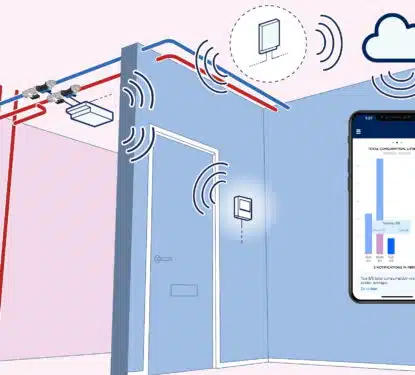The Bullitt Center in Seattle, WA, is one of the net zero buildings known as a pioneer of “deep green” architectural design. Completed in March 2013, the $32.5 million dollar project was considered an “audacious and provocative experiment and living proof of the economic and technical viability of sustainable buildings” in a 2014 paper by Robert Peña. In this research note, we explore the technological and design approaches that helped the facility achieve a net zero buildings status 10 years ago, and how it has maintained that status over the last decade. The pioneering building is owned by the Bullitt Foundation, an organization established in 1952 by Dorothy S. Bullitt, a prominent Seattle businesswoman and philanthropist. The primary architect was Core & Shell Miller Hull Partnership, which was supported by developers Point32, MEP firm PAE Consulting Engineers, Luma Design for lighting infrastructure, 2020 Engineering for water systems, and Schuchart as the main contractor. “There is […]
Most Popular Articles

MRI Software: Exploring the 2025 IPO & Sale Options
This Research Note examines a report from Reuters that MRI Software is to be listed in an IPO or sold. We explore the development of the business over the last 10 years, since it was acquired by private equity owners, highlight their software acquisitions for commercial real estate applications addressing integrated workplace management, tenant experience […]

Podcast 40: Stiles Property Management Found $400K+ in Hidden Savings
Most property managers know their buildings are hemorrhaging money through inefficient systems. The problem? They have no idea where to start looking. Devon Newton, VP of Property Management at Stiles, faced this exact challenge with 110 East, a new Class A development in Charlotte’s Southpark district. Despite managing 116 properties across the Southeast, she found […]

Smartvatten Strengthens European Position with 2025 LeakLook Acquisition
This Research Note examines Smartvatten, a Finnish specialist in water efficiency technology and expertise in Northern Europe. It updates our previous article in March 2024, covering Smartvatten’s solutions, key developments in 2024, sustainability partnerships and the September 2025 acquisition of LeakLook, a Finnish specialist in IoT-driven water monitoring for real estate. Smartvatten Profile Established in […]
